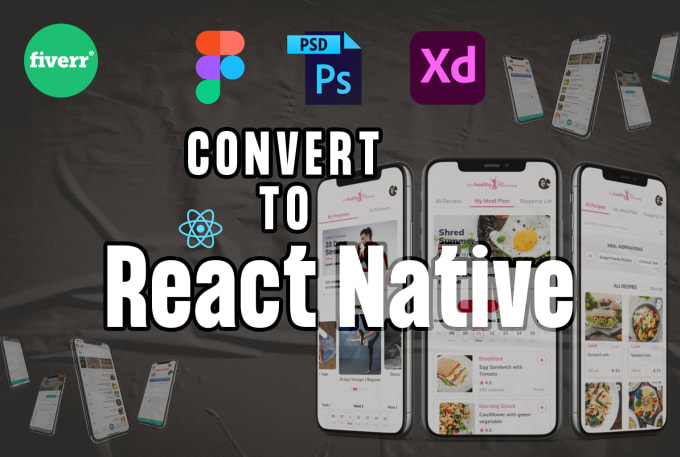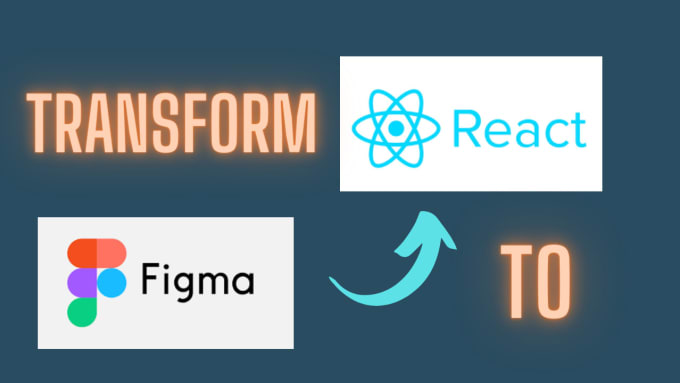

Run "amplify pull" to sync future upstream changes. Successfully pulled backend environment staging from the cloud. ✔ Successfully pulled backend environment staging from the cloud. ? Do you plan on modifying this backend? (Y/n ) ? What javascript framework are you using (Use arrow keys ) ? Choose the type of app that you are building (Use arrow keys ) ? Choose your default editor: (Use arrow keys ) When running the displayed command, you first need to grant access for your AWS Amplify Studio environment to your AWS Amplify CLI. Use the Local Setup Instructions to set up your local react project. You can configure authentication using Amazon Cognito, storage with Amazon S3, and data API and storage with Amazon DynamoDB and AWS AppSync. The AWS Amplify Studio web application is the updated portal to manage your AWS Amplify applications. You can create additional environments, but let’s use the existing one and click on Launch Studio to open the AWS Amplify Studio.

When the setup has finished, AWS Amplify shows you a default Backend environment of your application called staging. Provide a name for your application and wait for the configuration to finish. Using the menu on the left side, select All apps, create a New app and choose to Build an app. Open your AWS Management Console and select the AWS Amplify service in your desired AWS Region. The Figma integration is based on AWS Amplify. This project folder will be the root for all upcoming steps and at the end of this guide, you will have integrated AWS Amplify, AWS Amplify Studio, and your Figma UI Components into a standard React application. $ > cd react-figma-amplify-studio-example The default svgo settings are pretty good, but we add removeDimensions to make them responsive and replace the hard coded colors with "currentColor" such that we can color them with React Native styles.$ > npx create-react-app react-figma-amplify-studio-example \

Figma to react code#
They will be placed under the given folder (here src/common/assets).įor SVG's, we can use the svgo parser, which optimizes the SVG code and outputs a minified result.
Figma to react download#
If we filter on assets ( 'vector', 'bitmap' and 'font'), Specify will download the assets themselves instead of the JSON describing them.

There are a lot of parsers to choose from, some perform very low level transformations such as round-number and camelcasify, but also full-blown parsers to a single technology such as to-tailwind and to-react-native. Parsers behave like a pipeline, where each parser receives the input of the previous one. Next to filters, we can also use parsers, which will manipulate the raw design tokens (which are in JSON format) and output a format that suits the programming language and platform more. specifyrc config file (JS or JSON) in which you can write rules, which are different jobs to run in parallel.Įnter fullscreen mode Exit fullscreen modeįor each rule we can use a different filter, such that the rule only applies to certain types of design tokens.
Figma to react update#
The pull command will import all design tokens, where the sync command will only update the ones that are already present. To pull design tokens into a project, Specify offers a CLI with a pull and sync command. I recommend taking a look at the example Figma file to see how each design token should be delivered.
Figma to react how to#
The Specify team has written a clear guide on how to set it up, and Specify will automatically sync any new changes made to the Figma file. Syncing design tokens from Figma to Specify is just a matter of clicking a few buttons. In this blogpost we will focus on syncing the design tokens from Figma to React Native. You can view the tokens in the web app and export them to GitHub or to your project using the CLI. Specify allows you to import your tokens from a source like Figma (and soon other sources like Google Drive or Dropbox) and keep them in sync while you make changes to the source. Specify is a cloud platform which stores a single source of truth for your design tokens (text styles, colors, icons, imagery, etc.) and distributes them to the different platforms. Luckily there exists a tool to automate this process. As a developer we do not want to spend time exporting assets and colors from Figma, importing them into the code and repeating this process every time something changes. As a designer we want to have a consistent UI over web, mobile and any other platform the brand is present. We all know the benefit of design systems. This post originally appeared on our ITP Dev blog


 0 kommentar(er)
0 kommentar(er)
